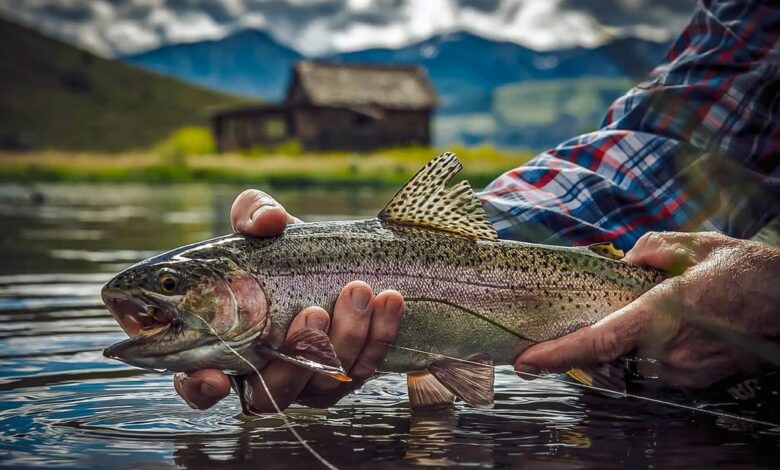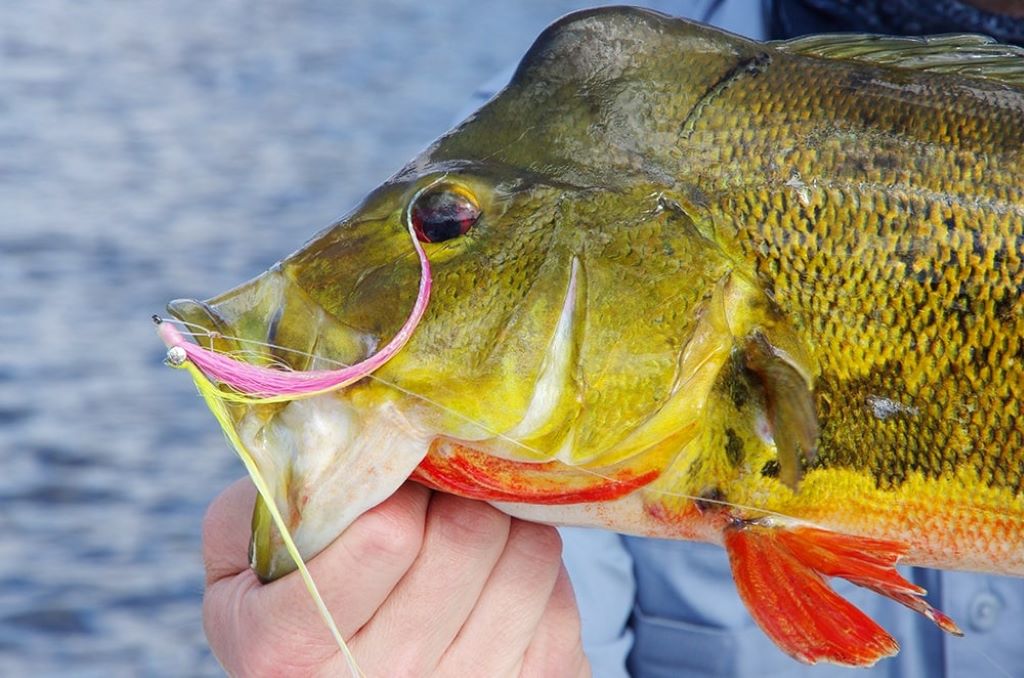How to Choose the Right Leader for Different Fishing Conditions

Choosing the right fishing leader isn’t just a minor detail—it can make or break your success on the water. Whether you’re fishing crystal-clear lakes, snaggy saltwater structures, or deep rivers, the leader line acts as a silent middleman between you and your catch. It absorbs shock, prevents break-offs, and offers stealth in tough bite conditions. Knowing how to choose the right leader for different fishing conditions helps you hook more fish and lose fewer lures.
Understanding the Purpose of a Fishing Leader
A leader is a short section of line, often more durable or less visible than the mainline. It serves key purposes: resisting abrasion, reducing visibility, and offering a buffer to sharp strikes. For example, when targeting toothy species like pike or barracuda, using a wire leader is essential. But finesse fishing for trout in clear water? A thin fluorocarbon leader is more effective.
Statistically, anglers using the right leader material see a 30–40% improvement in landing rates, especially in pressured waters (In-Fisherman, 2023).
Leader Materials: Which One Works Best?
Fishing leaders typically come in three main types: fluorocarbon, monofilament, and wire. Each one has unique traits.
Fluorocarbon Leaders
Fluorocarbon leaders are nearly invisible underwater due to their refractive index, which closely matches water. This makes them ideal for clear water. They also sink faster, which helps when targeting bottom-feeders like bass or walleye.
However, fluorocarbon can be stiff. That stiffness may reduce bait action if not matched correctly to lure size and type.
Best Conditions:
- Clear freshwater or saltwater
- Finicky fish (trout, snook, redfish)
- Drop shot and finesse rigs
Monofilament Leaders
Monofilament offers stretch and shock absorption. It floats, making it great for topwater presentations and when fish are aggressive. Its flexibility allows for better lure movement in certain rigs.
On the downside, it has higher visibility in water and is more prone to UV degradation.
Best Conditions:
- Murky or stained water
- Topwater fishing
- Fish with soft mouths like crappie or panfish
Wire Leaders
Wire leaders come in single-strand or braided steel versions. These are essential when fishing for toothy predators such as mackerel, musky, or bluefish.
While tough and bite-proof, wire is highly visible and can spook line-shy species.
Best Conditions:
- Saltwater or freshwater with toothy fish
- Jigging, trolling, or live bait rigs
Leader Length: How Much is Enough?
Leader length can vary from 12 inches to over 6 feet. In general:
- Short leaders (12–24 inches) work best for structure fishing or jigging where abrasion is the main concern.
- Medium leaders (2–4 feet) are ideal for general-purpose fishing.
- Long leaders (4–6 feet or more) help in clear water where stealth is vital.
As a rule, the clearer the water and the smarter the fish, the longer your leader should be. According to Salt Strong’s research, leader length impacts bite rate by up to 60% in high-pressure fisheries.
Line-to-Leader Connections
The type of knot you use matters. Uni-to-uni and double uni knots are common among braid-to-leader setups. The FG knot, although more complex, offers a stronger, slimmer profile and passes through guides smoothly.
For monofilament to fluorocarbon, a blood knot or surgeon’s knot works well. Always test the knot’s strength before casting.
Adjusting Leaders by Water Type
Freshwater Conditions
In rivers and lakes, conditions change frequently. Use a 6–10 lb fluorocarbon leader for trout in clear streams. For bass in stained water, switch to a 12–20 lb monofilament.
If fishing heavy cover like logs or rocks, up your leader strength to prevent cut-offs. Always match leader strength with your rod and reel setup to avoid casting inefficiency or breakage.
Saltwater Conditions
Saltwater brings abrasion, structure, and toothy fish. Use fluorocarbon for redfish, snook, and bonefish in shallow flats. For tarpon or sharks, go with heavy fluorocarbon or steel wire.
Saltwater leaders often require more abrasion resistance due to sand, coral, or mangroves. Use a loop knot to improve lure action in live bait scenarios.
Leader Strength: Don’t Overdo It
A common mistake is choosing too heavy a leader. A 30 lb leader for 10 lb fish may seem safer, but it reduces bites. Fish are line-shy—especially in pressured waters.
As a baseline:
- Light tackle: 6–10 lb
- Medium tackle: 12–20 lb
- Heavy tackle: 30–80 lb+
Let your target species, structure, and water clarity guide the choice.
Expert Opinions
According to pro angler Kevin VanDam, leader material selection often dictates the day’s success. “In clear lakes, I always go fluoro,” he told Bassmaster. “It’s about confidence in getting that extra bite.”
Saltwater guides in Florida report that switching from mono to fluoro increased hookups with spooky snook by over 50% on certain days.
Real-World Example
In a bass tournament in Lake Guntersville, two anglers fished the same spot. One used straight braid; the other used a 3-foot fluorocarbon leader. The latter landed 5 more fish. Visibility was low, but the leader’s stealth made the difference.
FAQs
- How do I know which leader to use for bass fishing?
Use fluorocarbon in clear water and monofilament in stained or shallow areas. Adjust based on lure type and structure. - Is a leader always necessary?
Not always. For some braid setups in murky water, a leader isn’t needed. But it increases stealth and abrasion resistance. - How long should my leader be for saltwater fishing?
Typically 3 to 6 feet, depending on species and water clarity. Longer in clear flats, shorter near structures. - Can I use monofilament as a leader in saltwater?
Yes, though fluorocarbon offers better abrasion resistance and lower visibility. Use mono when buoyancy or stretch is preferred. - What knot works best for braid to fluorocarbon?
The FG knot provides the strongest, slimmest connection. A double uni is easier and still effective. - Should leader strength match mainline strength?
It should be close but slightly stronger. For example, 20 lb braid with a 25 lb leader works well. - Can a wire leader scare fish away?
Yes, especially in clear water. Use wire only when absolutely necessary for species with sharp teeth.
Final Thought
Learning how to choose the right leader for different fishing conditions transforms your angling game. It’s not about guesswork; it’s about matching gear to water, fish behavior, and presentation. Leaders aren’t just line—they’re strategy. Whether you’re facing clear mountain streams, weedy lakes, or coastal flats, choosing the right leader can boost your success rate dramatically.
Read More:
Extravagance and Adventure: Unveiling the Unforgettable Charms of the Florida Keys and Key West




